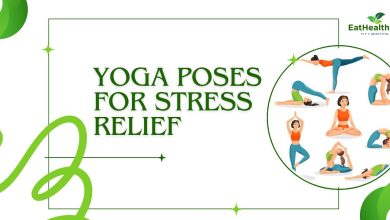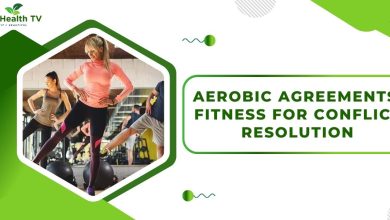Cardiovascular Response to Exercise: Heart Rate, Stroke Volume, and More
Pumping Up the Beat: Exploring the Cardiovascular Response to Exercise
Cardiovascular Response to Exercise: Heart Rate, Stroke Volume, and More

Exercise is not only a great way to stay in shape but also a powerful stimulator of your cardiovascular system. When you engage in physical activity, your heart and blood vessels respond dynamically to meet the increased demands for oxygen and nutrients in your muscles. Understanding the cardiovascular response to exercise can provide insights into the remarkable adaptability of the human body during physical exertion. In this blog post, we’ll explore the fascinating world of how your heart rate, stroke volume, and other cardiovascular parameters change during exercise and why it’s crucial for your overall health.
The Basics: How Your Heart Works
Before we dive into the cardiovascular response to exercise, let’s briefly review how your heart functions:
- Your heart is a pump-like muscle in your body.
- It has two upper chambers, called atria, and two lower chambers, called ventricles.
- Blood flows into the heart’s atria, then into the ventricles, and is pumped out to the rest of the body.
Heart Rate: The Pulse of Exercise
-
Resting Heart Rate:
- This is your heart rate when you’re at rest, typically between 60 and 100 beats per minute (BPM).
- Regular exercise tends to lower your resting heart rate as your heart becomes more efficient.
-
Exercise Heart Rate:
- During physical activity, your heart rate increases to deliver more oxygen-rich blood to your muscles.
- The intensity of exercise determines how much your heart rate rises. For instance, a brisk walk will raise it less than sprinting.
Stroke Volume: The Pumping Power
-
Resting Stroke Volume:
- Stroke volume is the amount of blood pumped by each ventricle per heartbeat.
- At rest, it’s typically around 70 milliliters per beat.
-
Exercise Stroke Volume:
- During exercise, stroke volume increases to send more blood to working muscles.
- As your fitness improves, your heart becomes more efficient at pumping blood, which means it can pump out more blood with each beat.
Cardiac Output: The Big Picture
-
Resting Cardiac Output:
- This is the amount of blood your heart pumps per minute at rest, typically around 4-6 liters per minute.
-
Exercise Cardiac Output:
- During exercise, cardiac output can increase substantially, often reaching 20 liters or more per minute for elite athletes.
Blood Pressure: The Pressure Regulator
-
Resting Blood Pressure:
- Normal blood pressure at rest is around 120/80 mm Hg.
- Regular exercise can help maintain healthy blood pressure levels.
-
Exercise Blood Pressure:
- During exercise, systolic blood pressure (the top number) increases to deliver more blood, while diastolic blood pressure (the bottom number) remains relatively stable or may even decrease slightly.
Conclusion
Understanding the cardiovascular response to exercise is essential for anyone looking to optimize their fitness routine and overall health. As you engage in regular physical activity, your heart becomes stronger, more efficient, and better at delivering oxygen to your muscles. Monitoring your heart rate, stroke volume, and blood pressure during exercise can provide valuable insights into your cardiovascular health. So, keep moving, stay active, and let your heart reap the benefits of a healthy lifestyle.




